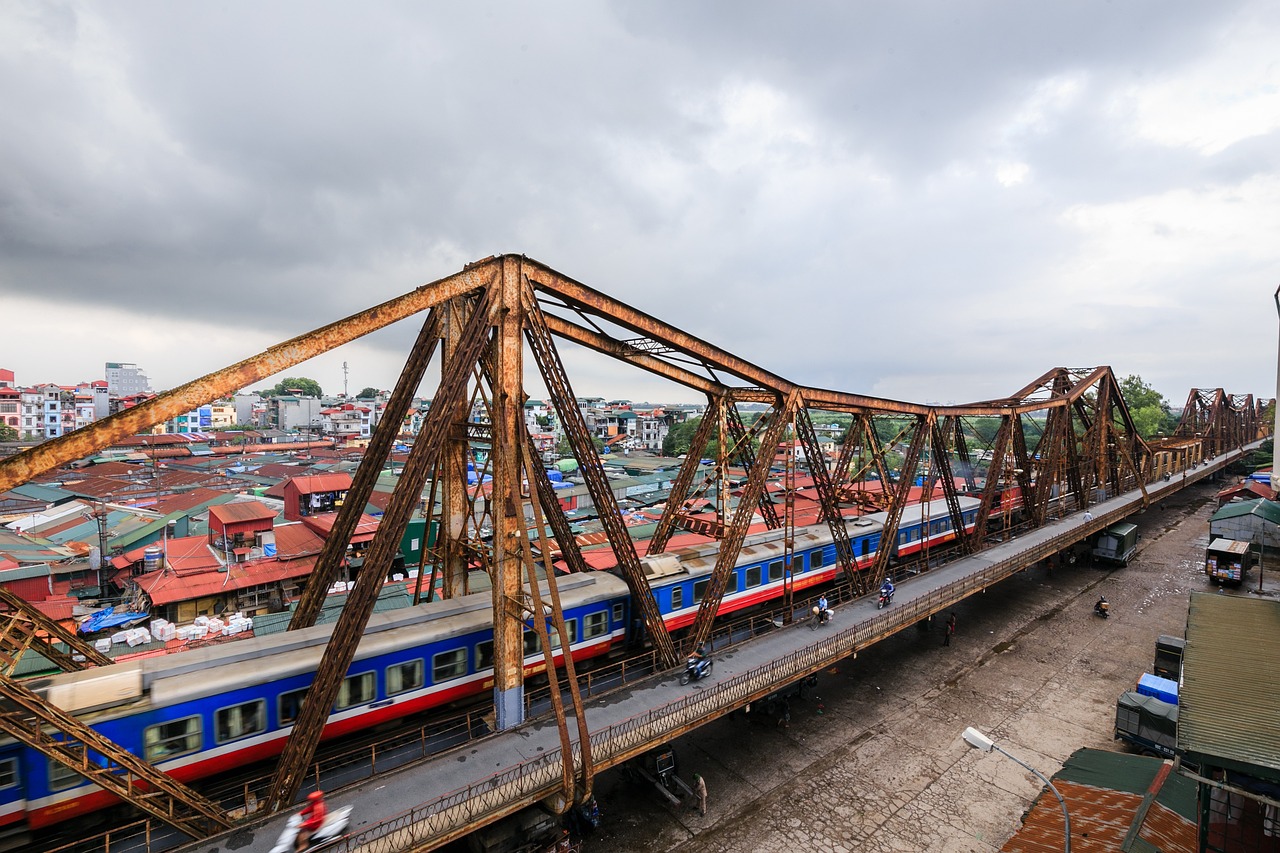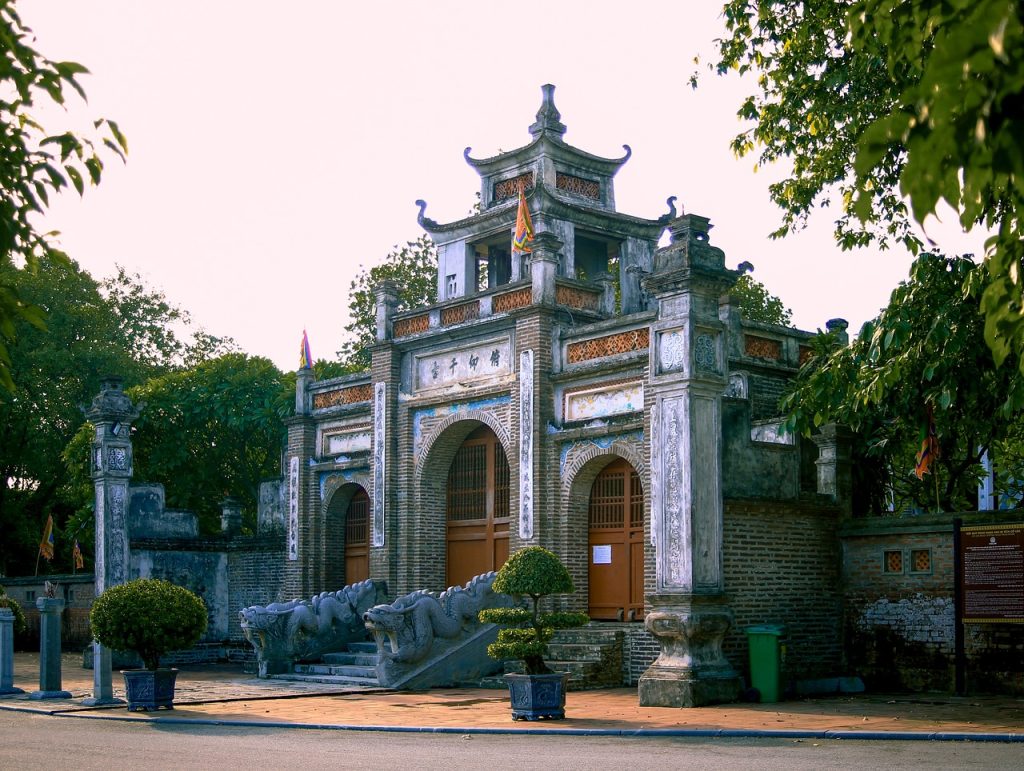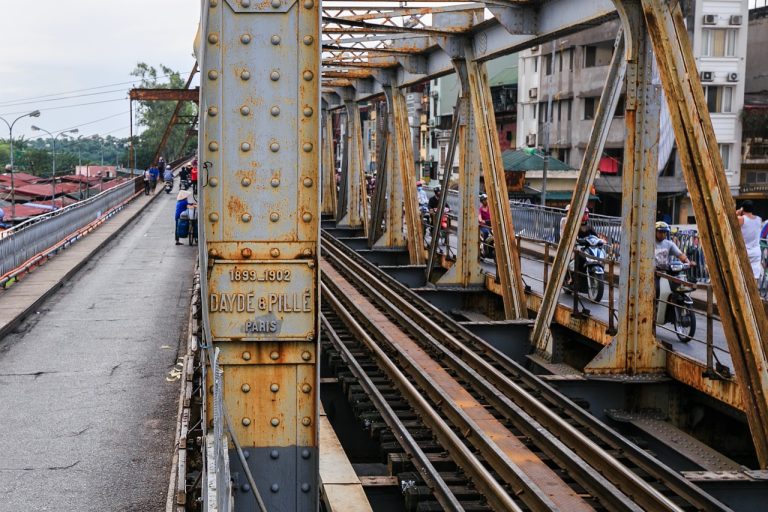Hanoi Vietnam Video
Renting a Car in Hanoi Vietnam: Tips and Tricks
Planning a trip to Hanoi, Vietnam and considering renting a car to explore the city and its surrounding areas? Renting a car can provide you with the flexibility and convenience to visit various attractions at your own pace. However, there are certain tips and tricks that you should keep in mind to ensure a smooth and hassle-free car rental experience in Hanoi. In this article, we will provide you with all the essential information you need to know before renting a car in Hanoi, Vietnam.
Choosing a Car Rental Company
- Research: Before selecting a car rental company, it is important to do thorough research. Look for reputable companies with positive customer reviews and ratings. Check their websites and compare prices, services, and terms and conditions.
- Insurance: Ensure that the car rental company offers comprehensive insurance coverage. Read the terms and conditions of the insurance policy carefully to understand what is covered and if there are any additional charges.
- Vehicle Selection: Consider the type of vehicle that suits your needs and preferences. Check the car’s condition, features, and capacity. If you plan to travel with a large group or have specific requirements, make sure to inform the rental company in advance.
- Booking in Advance: It is recommended to book your rental car in advance, especially during peak travel seasons. This ensures availability and may also help you secure better rates.
Driving in Hanoi
- Traffic Rules: Familiarize yourself with the local traffic rules and regulations in Hanoi. Drive on the right-hand side of the road and always follow the designated speed limits.
- Navigation: Use a reliable GPS system or navigation app to help you navigate the city. Familiarize yourself with the major roads and landmarks before starting your journey.
- Motorbikes: Be cautious of motorbikes, as they are a common mode of transportation in Hanoi. Keep a safe distance and be aware of their presence, especially when changing lanes or making turns.
- Parking: Look for designated parking areas or public parking lots. Avoid parking in restricted areas to avoid fines or towing.

Understanding Traffic Signs and Symbols
- Stop Signs: A red octagon-shaped sign with the word “Stop” in both English and Vietnamese indicates that you must come to a complete stop at the intersection.
- No Entry Signs: A red circle with a white horizontal line indicates that entry is prohibited in that direction.
- One-Way Signs: A white rectangle sign with a black arrow pointing in one direction indicates a one-way road.
- Pedestrian Crossings: Look for striped lines on the road and be prepared to yield to pedestrians crossing.
Driving License and Documents
- International Driving Permit (IDP): If you are a foreign visitor, it is recommended to obtain an IDP before arriving in Hanoi. This permit allows you to drive legally in Vietnam and is usually valid for one year.
- Passport and Visa: Carry your valid passport and visa at all times, as you may be required to present them to the authorities upon request.
- Car Rental Agreement: Read and understand the terms and conditions of the car rental agreement. Keep a copy of the agreement with you throughout the rental period.

Toll Roads and Parking Fees
- Toll Roads: Hanoi has several toll roads, especially on highways and expressways. Keep some cash or a prepaid toll card handy to pay the toll fees.
- Parking Fees: In urban areas, parking fees may apply at public parking lots or designated parking areas. Check the signage or ask locals for information about parking fees.
- Street Parking: Avoid parking on the side of the road unless there are designated parking spaces available. Be cautious of any parking restrictions or time limits.
Emergency Contacts
- Police: In case of any emergency or accident, dial 113 to contact the police.
- Ambulance: For medical emergencies, dial 115 to request an ambulance.
- Roadside Assistance: Save the contact number of your car rental company’s roadside assistance service for any vehicle-related issues.

Returning the Rental Car
- Refueling: Before returning the rental car, ensure that the fuel tank is filled to the required level, as specified in the rental agreement. Failure to do so may result in additional charges.
- Inspection: Thoroughly inspect the car for any damages or issues before returning it. Take pictures or videos as evidence, if necessary.
- Return Location: Return the car to the designated location specified by the rental company. Follow their instructions regarding key drop-off or return procedures.
Conclusion
Renting a car in Hanoi, Vietnam can be a convenient way to explore the city and its surroundings. By following the tips and tricks mentioned in this article, you can ensure a smooth and enjoyable car rental experience. Remember to research car rental companies, familiarize yourself with local traffic rules, carry the necessary documents, and be prepared for toll roads and parking fees. With proper preparation and caution, you can make the most of your trip to Hanoi.
References
- petitpalace.co.uk
- hanoimoi.com.vn
- hanoi.gov.vn







